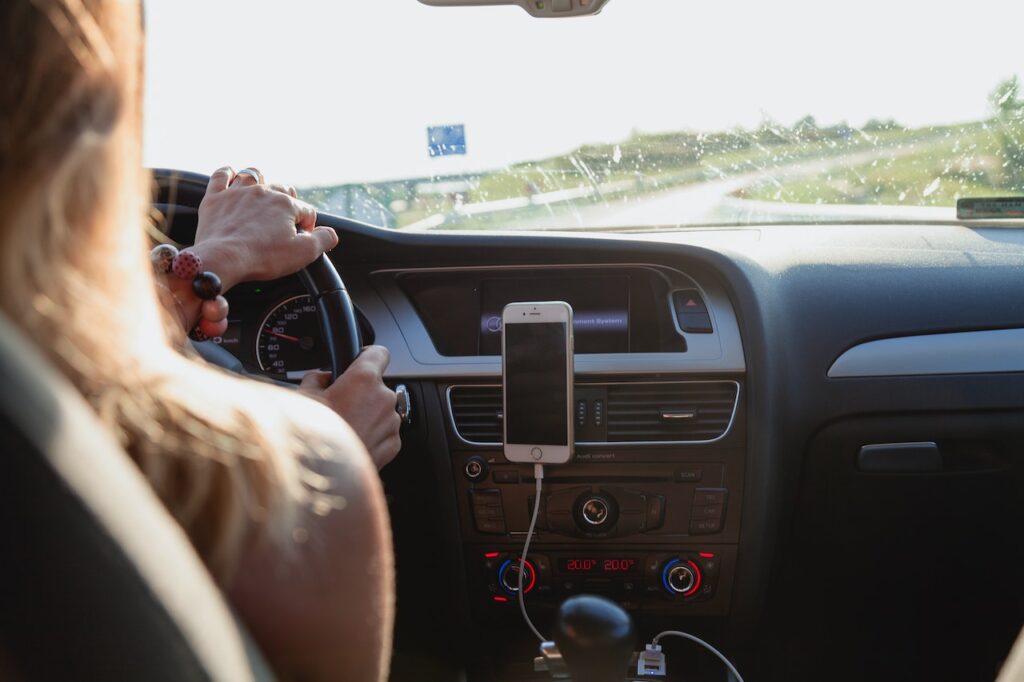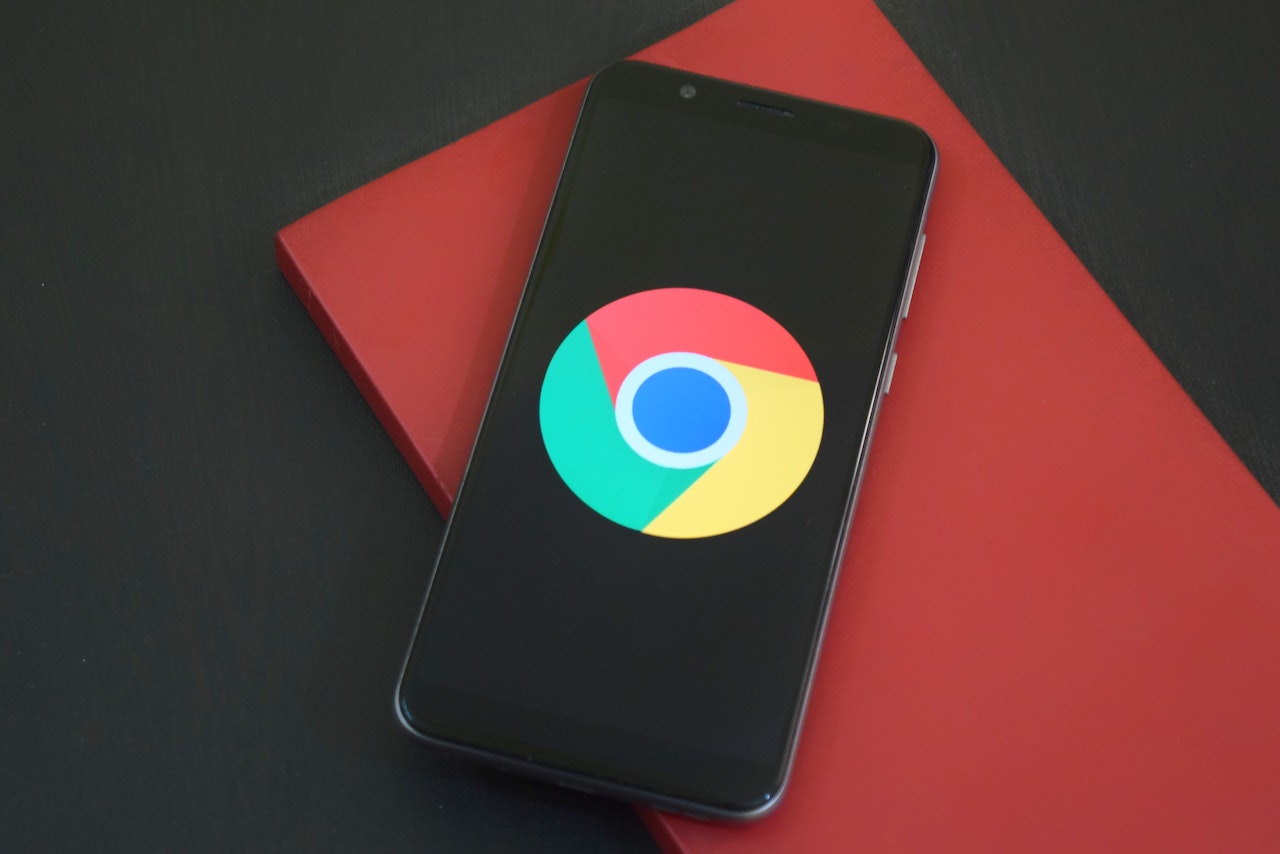Driving can be quite risky particularly if you get distracted by your phone or other electronic devices. The National Highway Traffic Safety Administration (NHTSA) reported that in 2019 distracted driving led to the loss of 3,142 lives in the United States. To minimize the chances of accidents and injuries many drivers rely on Android Auto, a system that allows them to access their phone’s apps and features through their car’s display.. Is Android Auto truly an effective tool for promoting safety? How is it? What are its advantages and limitations? This article aims to address these queries and provide insights.
What is Android Auto?
Android Auto is a system that seamlessly connects your Android phone to your car’s system. It allows you to conveniently access and utilize all of your phone’s apps and features directly, on your car’s display. From navigation and music to calls, messages and more everything is right at your fingertips. The best part? You can effortlessly control everything using voice commands through Google Assistant ensuring a hands-on experience.
Whether you have a display with a USB port in your car or prefer to use aftermarket head units or standalone displays that support Android Auto compatibility isn’t an issue. All you need is an Android phone running Android 6.0 or higher along, with the Android Auto app installed on your device. Then simply connect via a USB cable. Enjoy the convenience of connectivity.
With Android Auto the possibilities are endless when it comes to integrating your world with your driving experience. Enjoy the ease and convenience it brings while staying safely connected on the road.
How does Android Auto promote safety?

Android Auto is designed to promote safety by minimizing distractions and making it easier and safer to use your phone while driving. Here are some ways that Android Auto does this:
It simplifies your phone’s interface
Android Auto shows only the apps and features that are relevant and useful for driving. It uses large icons, simple menus, and clear fonts to make it easy to see and tap on the screen. It also limits the number of notifications and alerts that pop up on the screen to avoid distracting you from the road.
It enables voice control
With Android Auto you have the convenience of using Google Assistant to manage both your phone and car through voice commands. Simply say “OK Google”. Press a button on your steering wheel to activate it. From there you can ask Google Assistant to perform tasks like providing directions to a location, playing music, making calls, sending messages, checking the weather and more. Additionally depending on your car’s compatibility you can even utilize Google Assistant to control functions such as adjusting climate settings.
It supports hands-free calling and messaging
With Android Auto you have the convenience of making and receiving calls and messages without having to interact with your phone or screen. By utilizing Google Assistant you can effortlessly. Answer calls and messages using voice commands. Additionally you can take advantage of the speech to text and text to speech capabilities to easily dictate and listen to your messages. Android Auto is compatible with a range of messaging applications including WhatsApp, Telegram, Facebook Messenger, among others.
It offers smart navigation
With Android Auto you can conveniently access Google Maps or other navigation apps on your car’s display. Utilize the power of Google Assistant to effortlessly enter or modify your destination using voice commands. Stay informed with real time traffic updates, speed limits, lane guidance, turn by turn directions and additional features displayed on the screen. Android Auto seamlessly integrates with apps, like Spotify or YouTube Music allowing you to manage your music while staying focused on the road.
What are the limitations of Android Auto?
While Android Auto is a useful and convenient system for drivers, it is not perfect or flawless. It has some limitations and drawbacks that you should be aware of before using it. Here are some of them:
It depends on your phone
Android Auto requires your phone’s battery, data and performance to function. If your phone’s battery dies, loses signal or experiences a crash Android Auto will cease to operate well. Additionally it is important to update your phone with the latest software and security patches in order to prevent any potential bugs or glitches.
It may not work with all cars or phones
Android Auto is compatible with most cars and phones, but not all of them. Some cars may not have a touchscreen display or a USB port that supports Android Auto. Some phones may not have the required hardware or software to run Android Auto smoothly. You should check the compatibility of your car and phone before using Android Auto.
It may have connectivity issues
Android Auto may have problems connecting or staying connected to your car or phone via USB or wireless connection. This may cause Android Auto to freeze, lag, or disconnect unexpectedly. This may be due to faulty cables, interference, or software bugs.
It may distract you anyway
Android Auto may reduce distractions by simplifying your phone’s interface and enabling voice control, but it may not eliminate them completely. You may still be tempted to look at or touch the screen, or to use apps or features that are not relevant or safe for driving. You may also be distracted by Google Assistant’s responses or errors, or by the content of your calls or messages.
Conclusion
Android Auto allows you to access your phone’s apps and features through your car’s display. Its main purpose is to prioritize safety by minimizing distractions and making it easier and safer for you to use your phone while driving. It offers advantages like a simplified interface, voice control, hands free calling and messaging as well as smart navigation. However it does come with some limitations such as dependency on your phone, compatibility issues, connectivity problems and potential distractions.
It’s important to note that Android Auto should never be seen as a replacement for driving practices. Always keep your attention on the road, follow traffic rules diligently and avoid using your phone or car display unless necessary. Additionally make sure to familiarize yourself with any local laws regarding the use of Android Auto or similar systems while driving.




